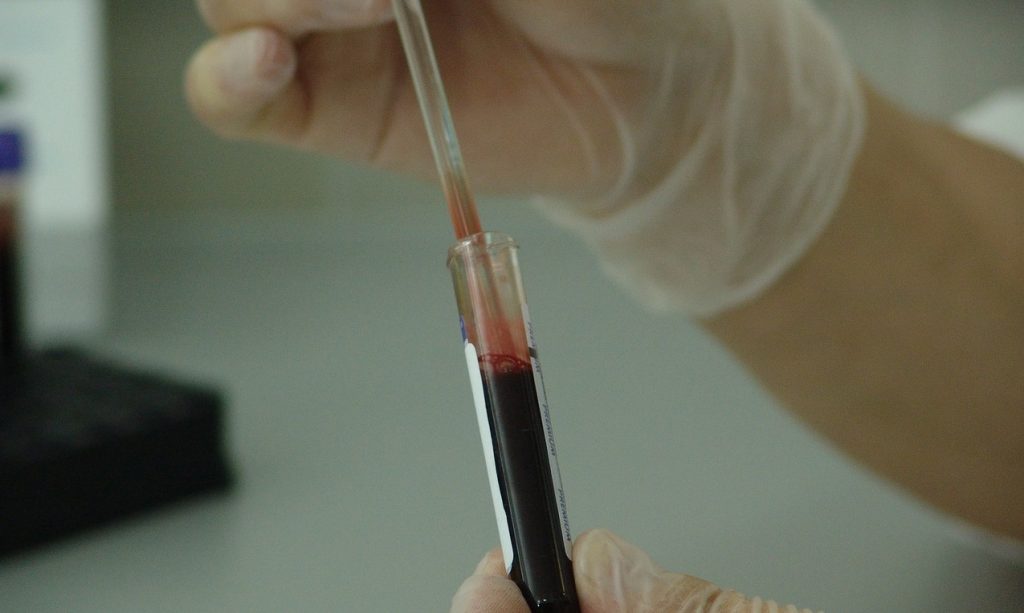Identification of tumour specific biomarkers for diagnostic assays
Challenge:
The identification of disease-specific biomarkers has been and can be quite a challenge, in particular for cancers, in which the target of a certain therapy are mutated cells, that share with healthy ones several structural and physiological features. However, finding specific biomarkers can help to make an early diagnosis of these pathologies, possibly increasing life expectancy and survival rates among patients.

Solution:
It has been shown that a promising biomarker could be the profile of nanoparticle interaction with cellular plasma proteins, when a magnetic field is applied to this complex. Thanks to its advanced analytical X-Ray techniques, CERIC can offer great support on gaining insights on the interaction between plasma proteins and nanoparticles, leading to new and more effective diagnostic assays.
Application:
An example, made possible thanks to the instruments available at CERIC partner facilities, is a proof-of-concept study that employed graphene oxide nanoparticles mixed with the patients’ plasma, taken with a standard blood sampling. Plasma proteins tend to spontaneously cover the nanoparticles by forming a protein corona, whose composition is due to several factors that can reflect the patient’s health status. Nanoparticles are then moved into a magnetic field where they fluctuate according to specific patterns, revealing the presence of biomarkers associated with pancreatic cancer. In fact, this test allowed to identify oncologic patients with 80% specificity and 100% sensitivity, for a global classification accuracy of 90%.
-
24.07.2023
Shaping better nanosystems for drug delivery



